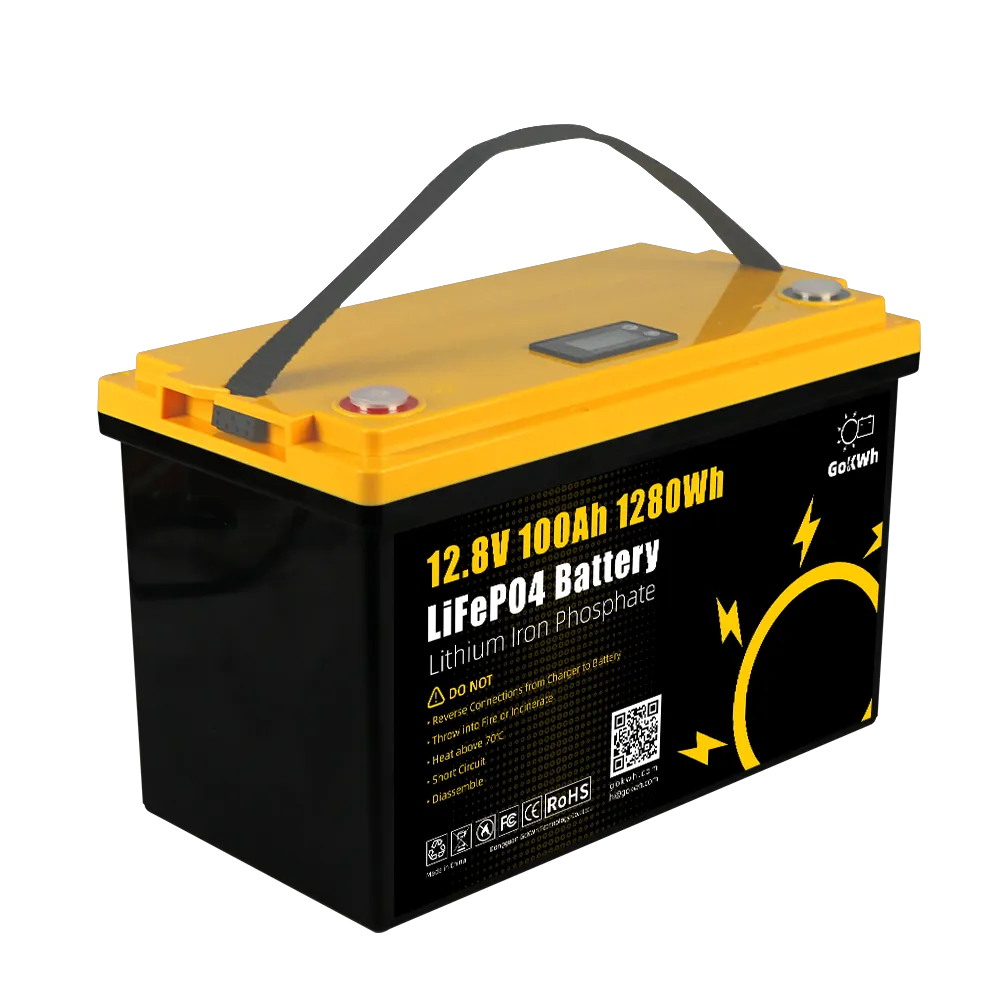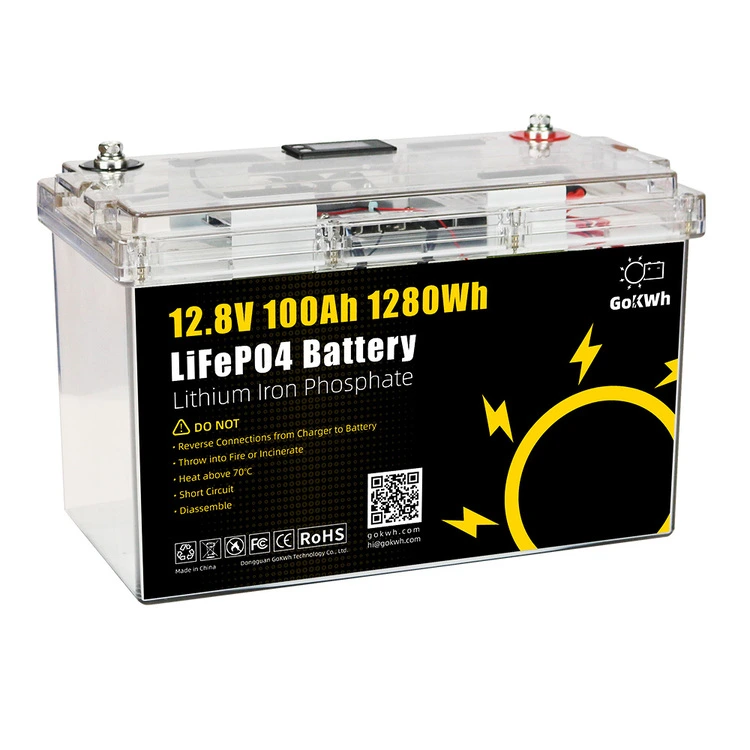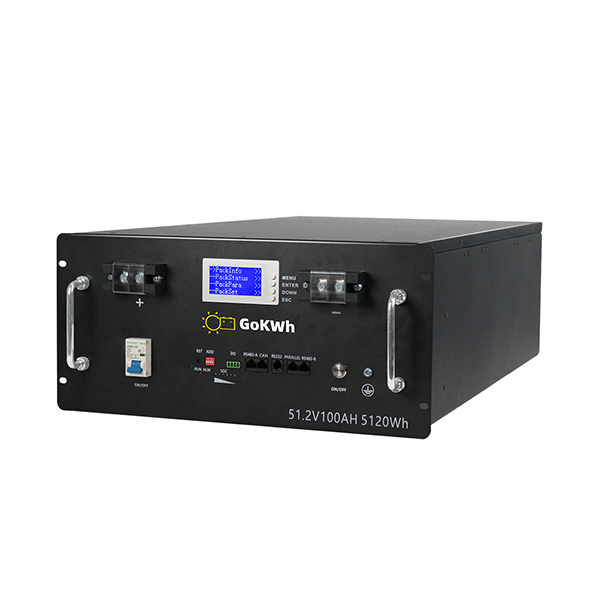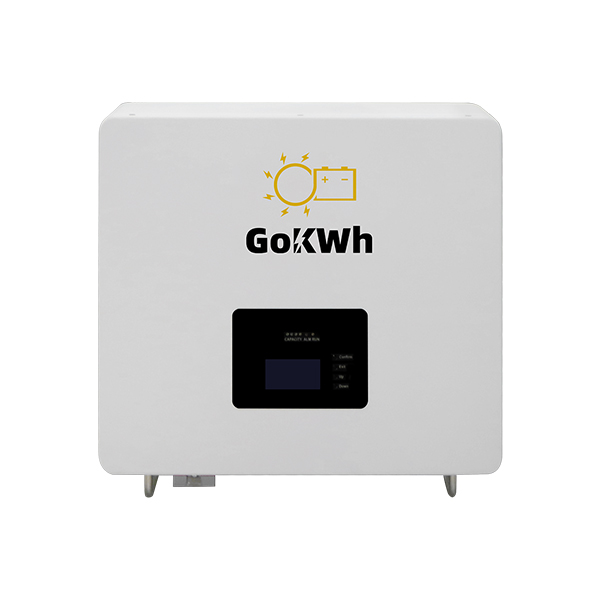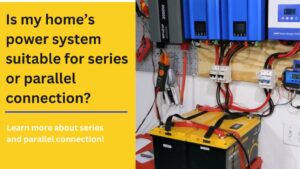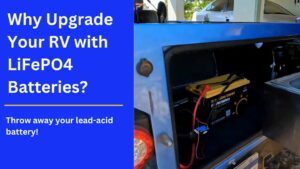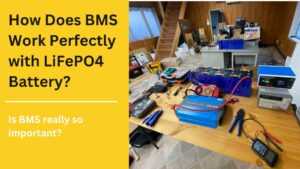EU Stock EnjoyCool Link is On Sale with $400 off!
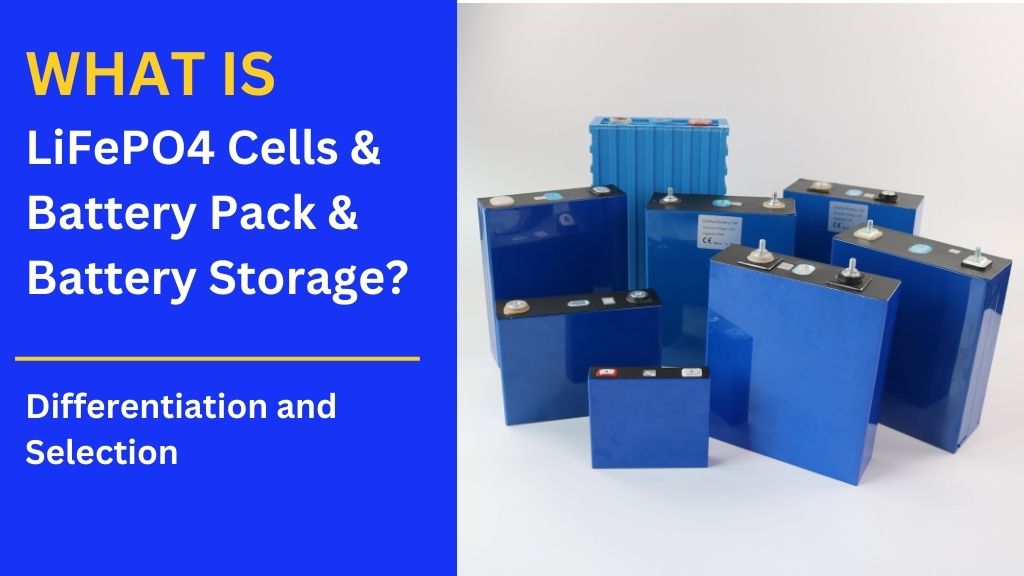
Differentiation and Selection – What’s LiFePO4 Cells & Battery Pack & Battery storage?
If you’re new to lithium batteries, the different types of LiFePO4 options can be confusing. This article breaks down the key differences between lithium iron phosphate (LFP) cells, battery packs and battery storage systems to help you choose what’s best for your needs.
Cell
The basic building block, a lithium iron phosphate cell (LiFePO4 cells) contains lithium-ion chemistry in a cylindrical or prismatic casing. Individual cells have voltages of 3.2V and come in various capacities from less than 1Ah up to hundreds of Ah. Cells are commonly combined together to form battery packs or larges storage systems, which is the foundation of the battery pack and storage system
Battery Pack
Cells are grouped together and electrically connected inside a protective housing or case along with control circuitry to form a battery pack. Pre-built packs have standard voltage/capacity combinations and battery management systems to ensure safe operation.
At present, there are already finished battery packs available for sale on the market, which are more suitable for beginners and those who carry battery packs for transportation because it eliminates the DIY assembly process. Some brands have also added some features to the battery pack, such as Bluetooth, low-temperature protection, heating, etc., making the usage scenarios of LFP battery packs more diverse.
Battery Storage System
These large integrated systems contain multiple battery packs and advanced controls to store and discharge large amounts of power. Home and commercial storage units may use thousands of LFP cells wired together safely. They provide backup power, lower energy bills by shifting usage, or store renewable energy for off-grid cabins. Larger stationary storage supports the electric grid and integrates renewables.
Which one is most suitable for me?
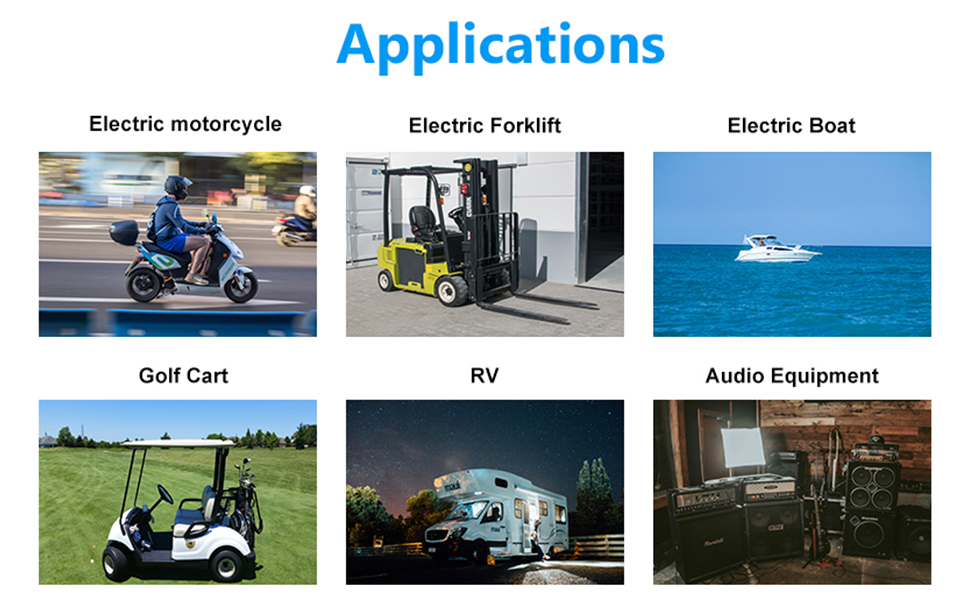
Cells, LFP batteries and energy storage batteries can be used in various electric facilities, such as motorcycles, sailboats, golf carts, RVs, etc. However, it should be noted that because each type of battery has its own characteristics and usage methods, it still needs to be used according to the guidelines and in the correct scenario.
Cell
A single battery cell cannot be used. Only by combining multiple battery cells together, combined with a protective circuit and casing, can it be directly used. Usually, this is suitable for DIY individuals with a certain electrical foundation. If you are a novice DIY user, please choose high-quality battery cells, wear protective measures, and operate under the guidance of a professional.
Battery Pack
1. Power tools – Larger power tools like lawnmowers, hedge trimmers use pre-built 12V packs for convenience.
2. Electric bikes – EBikes commonly use removable 12V or 24V lithium packs to recharge and power assisted pedaling.
3. Marine/RV use – Boats, campers need portable power, More lightweight and durable than lead-acid battery packs, and eliminates the DIY assembly process.
Battery Storage
1. Home backup – Whole-home backup units consisting of 100s of cells provide emergency electricity during blackouts.
2. Off-grid homes – Remote cabins rely on integrated storage systems from a few kWh to tens of kWh.
3. EV charging – Public chargers use MWh-scale LFP batteries to store electricity from the grid or renewables.
I’ve tried to provide more detail on specific applications of cells, packs and storage systems. Let me know if any part needs further explanation.

